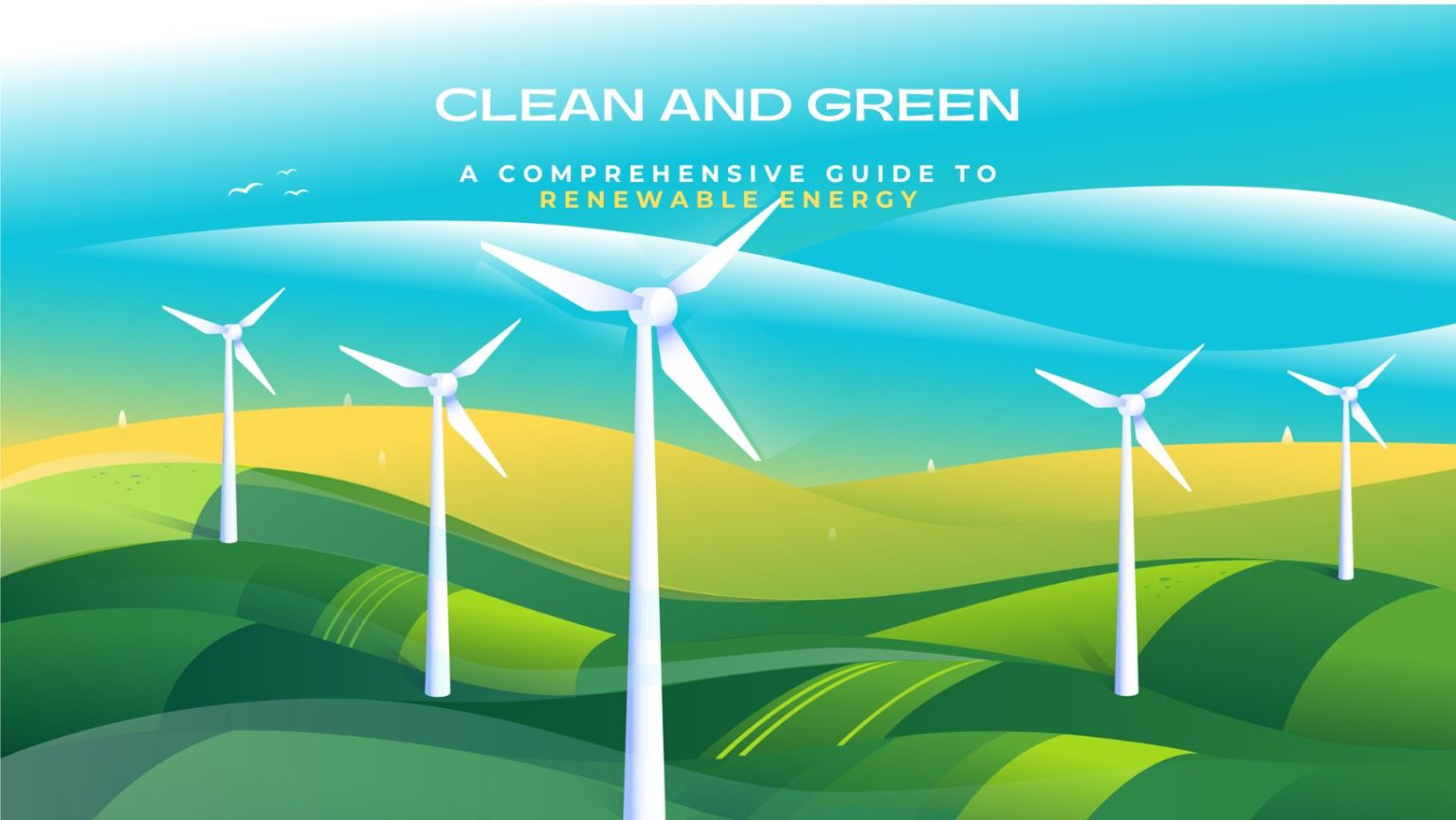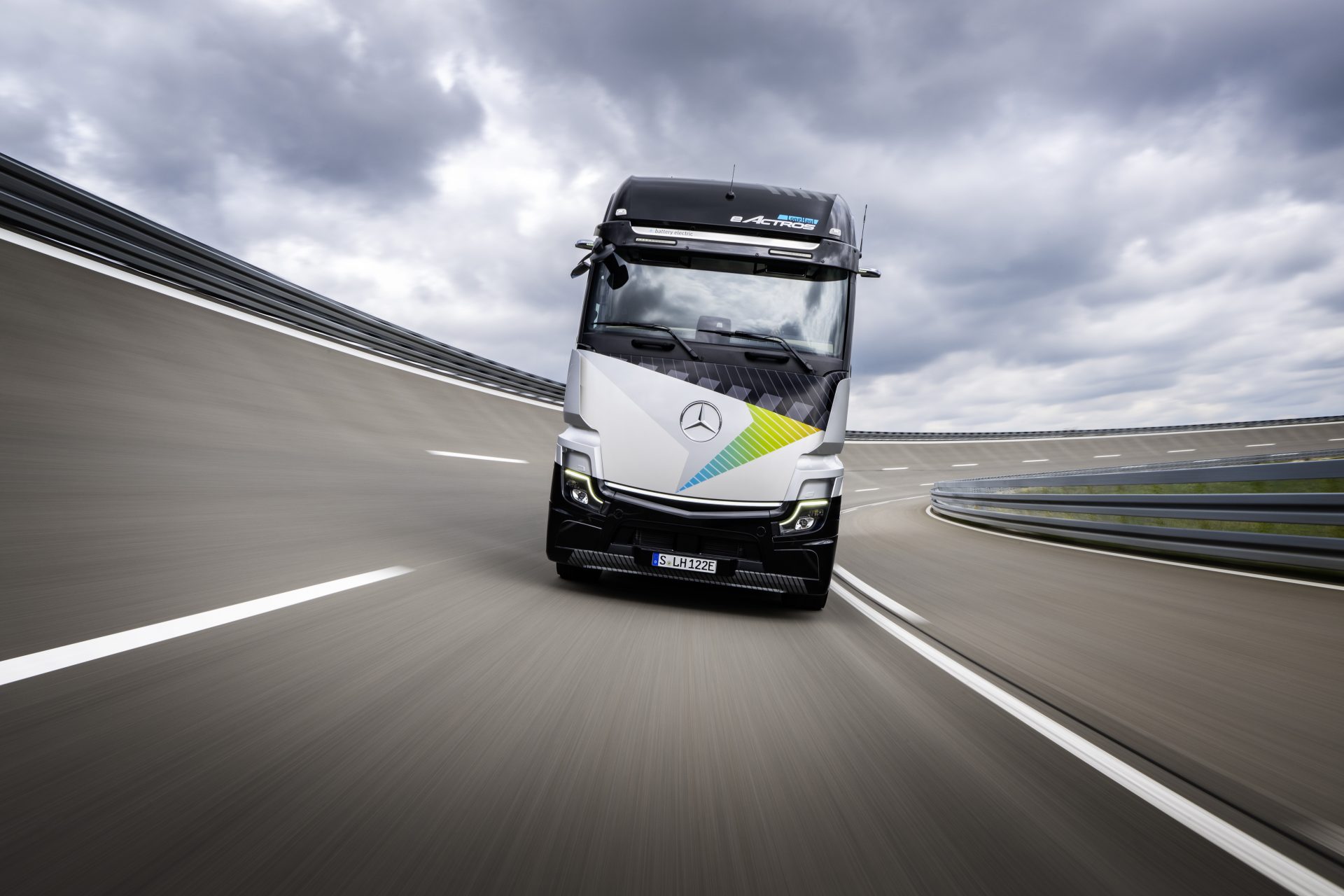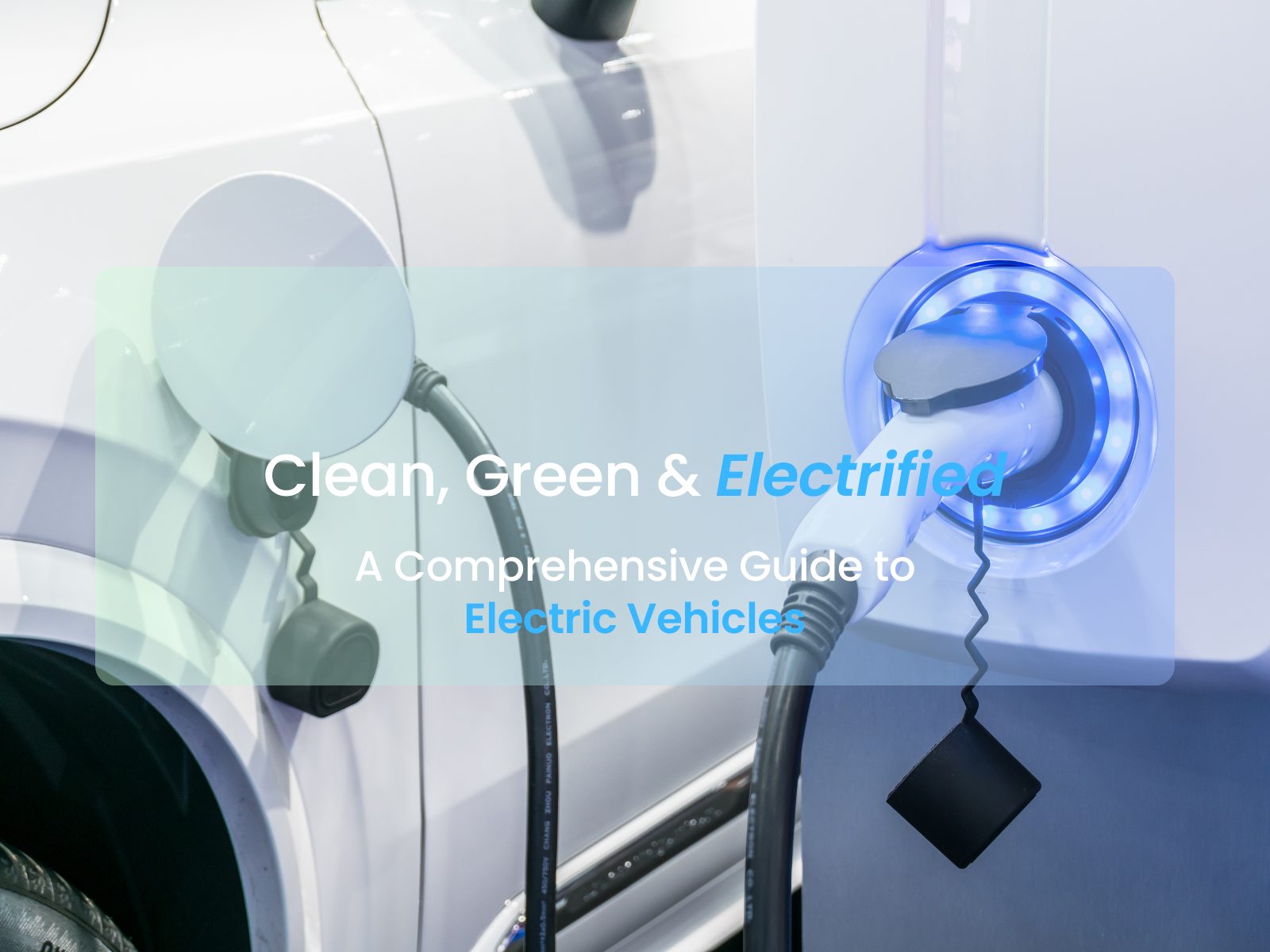Clean and Sustainable – A Comprehensive Guide to Renewable Energy
Guide to Renewable Energy - Table of Contents
What is Renewable Energy?
Renewable energy is a form of energy that is derived from natural resources that are replenished or renewed at a faster rate than they are consumed. Unlike fossil fuels, which are finite and depletable, renewable energy sources are considered sustainable because they do not exhaust natural resources and do not contribute to harmful greenhouse gas emissions that are responsible for climate change. Renewable energy is often referred to as clean or green energy because it is environmentally friendly and has a lower carbon footprint compared to traditional energy sources.
What are the different sources of Renewable Energy?
Solar Energy
Solar energy is obtained from the sun’s rays and is one of the most abundant and widely used forms of renewable energy. It can be harnessed through solar panels, which convert sunlight into electricity, or through solar thermal systems, which use the sun’s heat for heating water and space.
Wind Energy
Wind energy is generated by harnessing the power of wind through wind turbines, which convert the kinetic energy of the wind into electricity. Wind energy is clean, abundant, and often used in large-scale wind farms.
Hydropower
Hydropower is generated from the energy of moving water, such as rivers, tides, and ocean waves. It is one of the oldest forms of renewable energy and is commonly used in hydroelectric power plants.
Geothermal Energy
Geothermal energy is derived from the heat stored in the Earth’s crust. It can be tapped by drilling deep into the ground and using the heat to generate electricity or for heating and cooling buildings.
Biomass
Biomass refers to organic matter, such as crop residues, wood, and animal manure, which can be used as a renewable energy source. Biomass can be burned to produce heat or converted into biogas or biofuel for electricity generation and transportation.
What are the most popular types of renewable energy?
Solar energy and wind energy are currently the most popular types of renewable energy due to their widespread availability and technological advancements. Solar panels are commonly installed on rooftops of homes, businesses, and public buildings, while wind turbines are often seen in wind farms located in windy areas.
Hydropower also accounts for a significant share of global renewable energy production, with large hydroelectric dams being used to generate electricity in many countries.
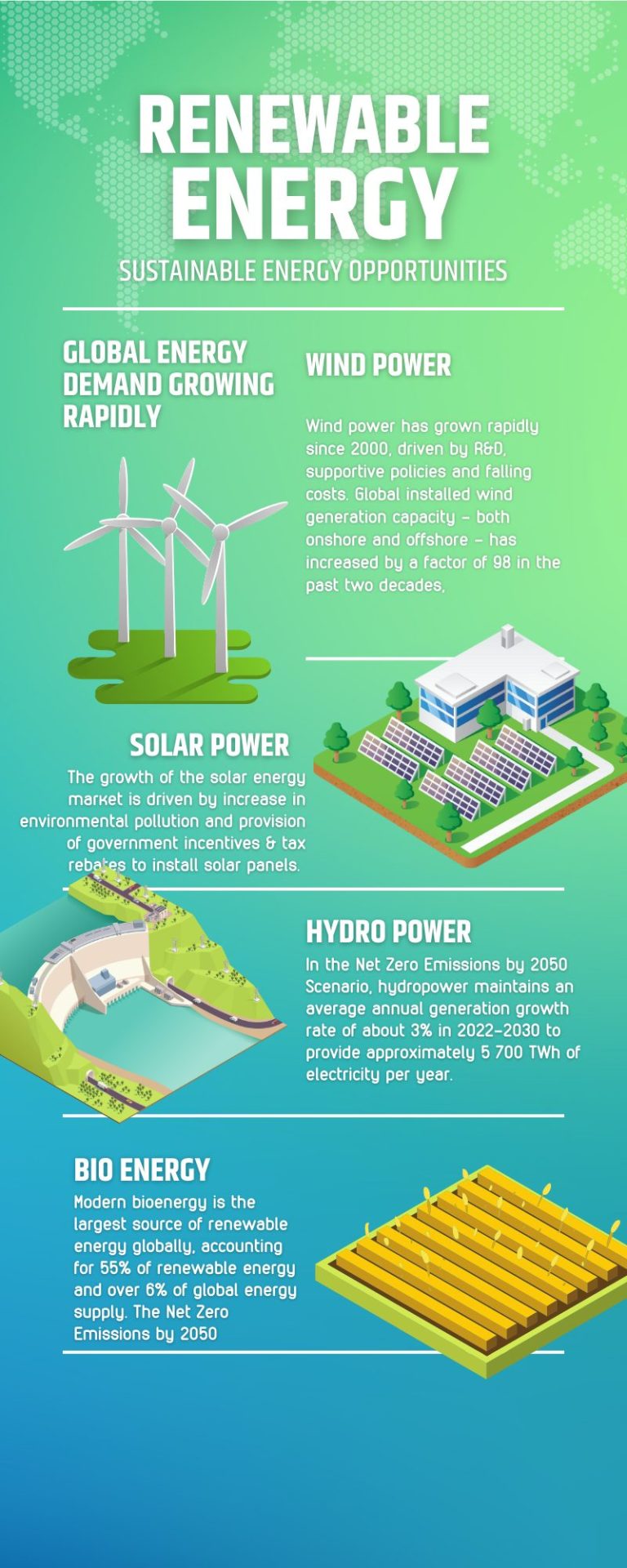
Is nuclear energy a type of renewable energy?
Nuclear energy is not classified as a form of renewable energy. While nuclear power does not rely on fossil fuels and emits low greenhouse gas emissions during electricity generation, it is not considered renewable due to the finite availability of nuclear fuel and the generation of radioactive waste during the nuclear fuel cycle.
Renewable energy sources, such as solar, wind, hydro, geothermal, and biomass, are considered renewable because they are replenished naturally and can be harnessed indefinitely without depleting finite resources. In contrast, nuclear energy relies on uranium, a non-renewable resource that needs to be mined, processed, and enriched to be used as fuel in nuclear reactors. The availability of uranium is limited, and once it is used up, it cannot be replenished naturally.
Additionally, nuclear energy production generates radioactive waste that requires careful handling, storage, and disposal due to its long-term hazardous nature. The management of nuclear waste poses environmental, health, and safety risks, which need to be addressed carefully to mitigate potential impacts.
While nuclear energy has been used as a significant source of electricity in some countries, it is not considered renewable due to its reliance on finite resources and the challenges associated with nuclear waste management. However, it is important to note that the classification of energy sources as renewable or non-renewable can vary depending on definitions and interpretations used by different organizations and stakeholders.
What are some examples of how renewable energy is used?
Electricity generation
Renewable energy sources such as solar, wind, hydro, geothermal, and biomass are used to generate electricity. Solar panels convert sunlight into electricity, wind turbines harness the kinetic energy of wind to generate electricity, hydropower plants generate electricity from flowing water, geothermal power plants utilize heat from the Earth’s core to generate electricity, and biomass power plants burn organic matter to produce electricity.
Heating and cooling
Renewable energy sources are used for heating and cooling applications in residential, commercial, and industrial buildings. Solar thermal systems capture heat from the sun and use it for heating water or space, geothermal heat pumps use the Earth’s natural heat to heat and cool buildings, and biomass heating systems burn organic matter to produce heat for space heating or industrial processes.
Transportation
Renewable energy is used in transportation through biofuels, which are produced from organic matter such as crops, algae, and waste materials. Biofuels can be used as a substitute for gasoline or diesel in vehicles, reducing greenhouse gas emissions compared to fossil fuels.
Off-grid applications
Renewable energy sources are used in off-grid or remote areas where access to electricity from the grid is limited or unavailable. Examples include solar panels or small wind turbines used for electrification of rural communities, powering remote telecommunication systems, or providing electricity for water pumping and irrigation in agricultural settings.
Backup power
Renewable energy sources can be used for backup power in case of power outages or emergencies. For example, solar panels with energy storage systems can provide electricity during power outages, reducing reliance on traditional backup power sources such as diesel generators.
Industrial processes
Renewable energy sources can be used in various industrial processes, such as solar thermal systems for industrial drying or heating, biomass for steam generation in industrial boilers, or geothermal heat for industrial processes requiring high-temperature heat.
Water pumping
Renewable energy sources, such as solar or wind, can be used to power water pumping systems for irrigation in agricultural settings, drinking water supply in remote areas, or wastewater treatment processes.
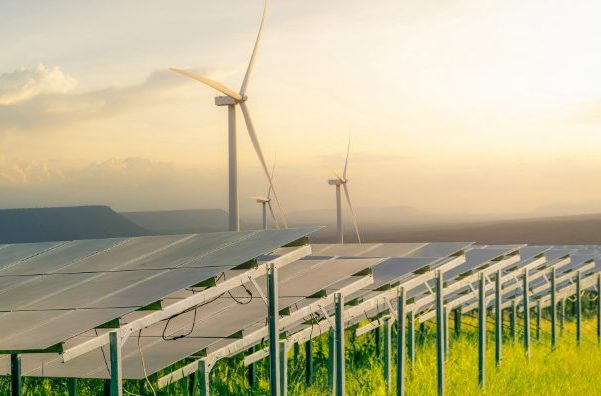
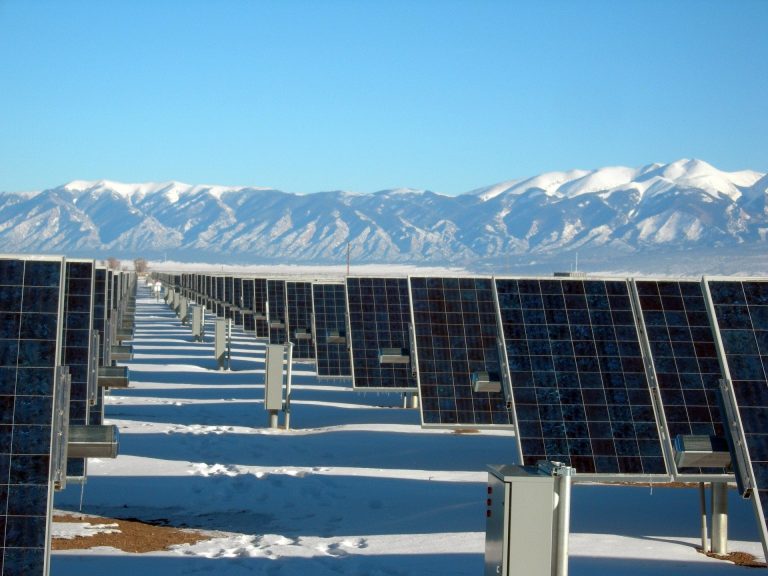
What are the advantages of renewable energy?
Environmental Sustainability
Renewable energy sources do not deplete natural resources and do not produce harmful greenhouse gas emissions, making them environmentally sustainable and helping to reduce air and water pollution, as well as mitigate climate change.
Energy Security
Unlike fossil fuels, which are subject to price fluctuations and geopolitical tensions, renewable energy sources are abundant and widely available, which helps a country reduce its dependence on foreign energy sources and increase energy security.
Job Creation and Economic Benefits
The renewable energy sector has the potential to create jobs and stimulate economic growth, both in developed and developing countries. Investments in renewable energy technologies can foster innovation and drive economic competitiveness.
Health Benefits
Renewable energy sources do not produce air pollutants or toxic emissions, resulting in improved air quality, reduced health risks from pollution-related diseases, and a healthier living environment.
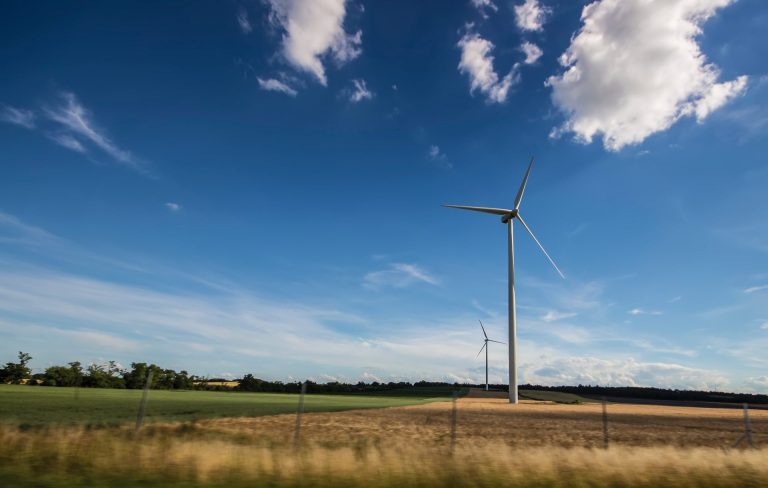
What are the disadvantages of renewable energy?
Intermittency
Some renewable energy sources, such as solar and wind energy, are dependent on weather conditions and can be intermittent, meaning they may not always be available or consistent in their power output. This can result in fluctuations in the output of renewable energy systems, leading to potential issues in maintaining a stable and reliable power supply.
Despite these challenges, there are various strategies and solutions being developed and implemented to mitigate the intermittency of renewable energy sources, such as improved forecasting and scheduling, energy storage technologies, demand-side management, and grid flexibility measures. Advances in technology and supportive policies can also help address the intermittency challenge and facilitate the integration of renewable energy into the electricity grid, making it a more reliable and viable source of clean and sustainable energy.
Initial Costs
The upfront costs of installing renewable energy systems, such as solar panels or wind turbines, can be relatively high compared to traditional energy sources. However, the costs have been decreasing over time due to technological advancements and economies of scale.
Land Use and Environmental Impacts
Renewable energy projects, particularly large-scale ones, may require significant land use, which can sometimes have environmental impacts, such as habitat disruption.
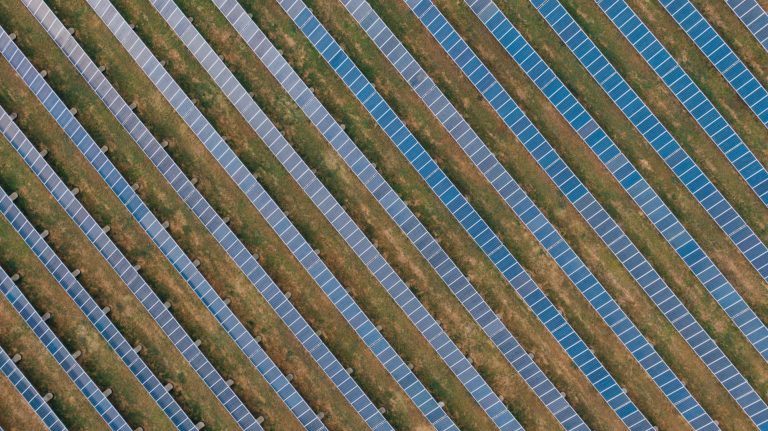
Does renewable energy harm the environment?
Renewable energy sources are generally considered to be environmentally friendly and have lower environmental impacts compared to fossil fuels. However, like any form of energy production, renewable energy also has some potential environmental considerations, although they are generally considered to be significantly less harmful than those associated with fossil fuels. Some of the potential environmental impacts of renewable energy include:
Land Use
Renewable energy projects, such as solar farms and wind farms, require land for installation, which can result in habitat fragmentation, loss of wildlife habitat, and changes to local ecosystems. However, the overall land use footprint of renewable energy is typically lower compared to traditional fossil fuel extraction and power generation, and efforts can be made to minimize and mitigate these impacts through responsible site selection, planning, and restoration measures.
Wildlife Impacts
Renewable energy projects, particularly wind and solar energy, can pose risks to wildlife, such as birds and bats. Wind turbines can sometimes cause bird and bat collisions, although the overall impact is considered to be relatively low compared to other human activities, such as building collisions and habitat loss.
Solar energy projects can also impact local ecosystems by altering habitat and vegetation patterns. However, proper siting, design, and operation of renewable energy projects can help minimize these impacts.
Water Use
Some forms of renewable energy, such as hydropower and concentrated solar power, can require significant amounts of water for cooling and operation. In areas where water resources are limited, this can potentially strain local water supplies and impact aquatic ecosystems. However, many renewable energy technologies, such as solar PV and wind energy, do not require water for operation, and thus have a lower water footprint compared to fossil fuel-based energy sources.
Materials and Resource Use
The production of renewable energy technologies, such as solar panels, wind turbines, and batteries, requires the use of raw materials and resources, including metals, minerals, and rare earth elements. Extracting and processing these materials can have environmental and social impacts, such as habitat destruction, pollution, and human rights issues associated with mining practices. However, efforts can be made to improve resource efficiency, recycling, and responsible sourcing of materials in the renewable energy supply chain.
Manufacturing and Emissions
The manufacturing process of renewable energy technologies, including the production of solar panels, wind turbines, and batteries, can generate greenhouse gas emissions and other environmental pollutants. However, these emissions are typically much lower compared to those associated with fossil fuel extraction, transportation, and combustion. Additionally, renewable energy technologies do not produce direct emissions during operation, which can help reduce air pollution and climate change impacts.
It’s important to note that the environmental impacts of renewable energy are generally considered to be significantly lower compared to fossil fuels, and many of the potential environmental concerns associated with renewable energy can be mitigated through proper planning, design, and operation. Renewable energy is often considered a cleaner and more sustainable alternative to fossil fuels, as it has the potential to significantly reduce greenhouse gas emissions, air pollution, and environmental degradation associated with conventional energy production.
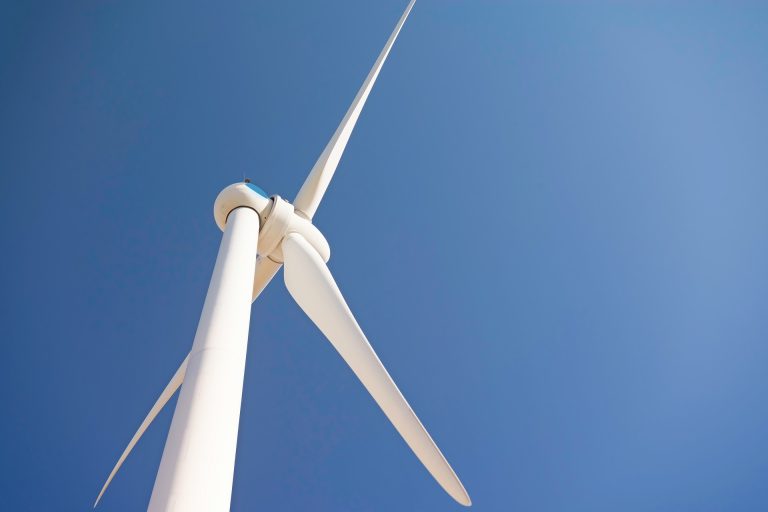
Can old solar panels and wind turbine blades be recycled?
Yes, solar panels and wind turbine blades can be recycled, although the recycling process and availability of recycling facilities may vary depending on the region and type of technology.
Solar panels, also known as photovoltaic (PV) panels, are made up of various materials, including glass, metal, and silicon. Many of these materials can be recycled and reused in the production of new solar panels or other products. For example, the glass from solar panels can be melted down and used in the production of new glass products, and the metals, such as aluminum and copper, can be extracted and used in the manufacturing of new products. Additionally, the silicon wafers from solar panels can be reclaimed and used in the production of new solar cells.
Similarly, wind turbine blades are typically made of composite materials, such as fiberglass or carbon fiber, which can also be recycled. The recycling process involves cutting the blades into small pieces, which can then be processed and used as raw materials for the production of new products, such as construction materials, automotive parts, or even new wind turbine blades. Some companies and research institutions are also exploring innovative ways to repurpose or upcycle old wind turbine blades, such as converting them into materials for roads, bridges, or other infrastructure projects.
Recycling of solar panels and wind turbine blades is still relatively limited compared to other forms of waste recycling, and there are challenges related to cost, logistics, and technologies for efficient recycling. However, there is increasing awareness and efforts to improve the recycling and end-of-life management of renewable energy technologies to minimize waste and environmental impacts. It’s important to properly dispose of or recycle old solar panels and wind turbine blades to prevent them from ending up in landfills and contributing to environmental pollution.
Is renewable energy more expensive compared to existing energy sources?
The cost of renewable energy has been decreasing significantly over the years, making it increasingly competitive with existing energy sources. While there may be upfront costs associated with building renewable energy infrastructure, such as solar panels, wind turbines, or hydropower plants, the ongoing operational costs of renewable energy sources are generally lower than those of fossil fuels. This is because renewable energy sources are often abundant and freely available, unlike fossil fuels, which need to be extracted, transported, and processed.
Additionally, renewable energy technologies are continually advancing, leading to improved efficiency, increased scale of production, and reduced manufacturing costs. As a result, the levelized cost of electricity (LCOE), which is the total cost of generating electricity over the lifetime of a renewable energy project, has decreased significantly for renewable energy sources such as solar and wind, making them more cost-competitive with conventional energy sources.
Moreover, the environmental and social costs associated with fossil fuels, such as air pollution, climate change impacts, and health-related costs, are not always factored into the price of fossil fuels. These external costs can have significant economic and social impacts, and renewable energy can help mitigate these costs by reducing greenhouse gas emissions and improving air quality.
It’s worth noting that the cost of renewable energy can vary depending on factors such as the location, size, and technology used for the renewable energy project, as well as local policies, incentives, and market conditions. However, in many cases, renewable energy has become cost-competitive or even cheaper than conventional energy sources, making it a viable and economically attractive option for meeting our energy needs while reducing environmental impacts.


Who are the major renewable energy companies?
There are many companies, both large and small, that are involved in the development, production, and deployment of renewable energy technologies. Some of the major renewable energy companies globally, based on factors such as market share, revenue, and industry influence, include:
Tesla Inc.
Known for its electric vehicles, Tesla also produces and installs solar panels and energy storage systems.
NextEra Energy, Inc.
One of the largest renewable energy companies in the United States, with a focus on wind and solar energy generation, as well as energy storage.
Vestas Wind Systems A/S
A leading Danish wind turbine manufacturer with a global presence and a significant market share in the wind energy industry.
SunPower Corporation
A U.S.-based company that specializes in solar energy solutions, including solar panels, energy storage, and services related to solar power systems.
Orsted A/S
A Danish renewable energy company that specializes in offshore wind energy projects and is considered a global leader in the offshore wind industry.
Siemens Gamesa Renewable Energy
A Spanish-German company that manufactures wind turbines and provides services for the renewable energy sector globally.
Enel Green Power
An Italian renewable energy company with a focus on wind, solar, geothermal, and hydropower projects worldwide.
Canadian Solar Inc.
A Canadian company that manufactures solar panels and provides solar energy solutions, including project development and energy storage.
First Solar Inc.
A U.S.-based company that produces thin-film solar panels and provides solar energy solutions for utility-scale projects.
JinkoSolar Holding Co., Ltd.
A Chinese company that manufactures solar panels and provides solar energy solutions globally.
It’s worth noting that the renewable energy industry is constantly evolving, and the landscape of major renewable energy companies may change over time due to technological advancements, market dynamics, and policy changes.
There are also many other innovative and emerging renewable energy companies around the world that are making significant contributions to the development and adoption of renewable energy technologies.
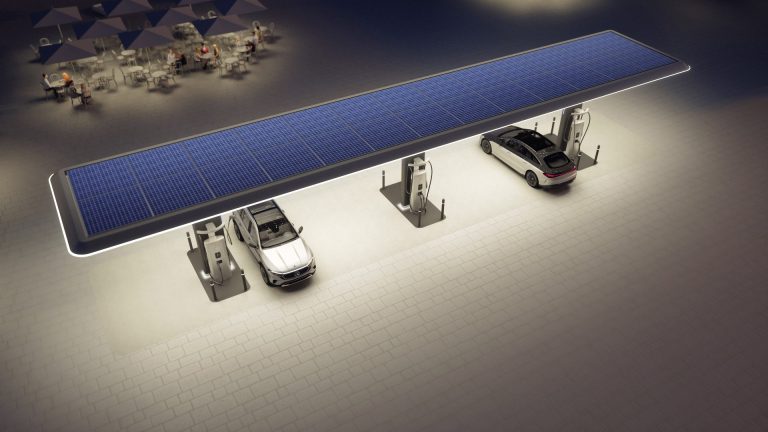
Can renewable energy replace fossil fuels?
Renewable energy has the potential to play a significant role in reducing our reliance on fossil fuels and transitioning to a more sustainable and environmentally friendly energy system. However, it’s important to note that the complete replacement of fossil fuels with renewable energy sources may not be feasible in the short term due to various challenges and limitations.
Renewable energy sources such as solar, wind, hydropower, geothermal, and biomass are considered clean and sustainable as they do not emit greenhouse gases or other harmful pollutants during their operation. They are also generally considered to be abundant and widely available in many parts of the world.
The potential exists for renewable energy to address issues associated with fossil fuels, such as air pollution, greenhouse gas emissions, and environmental degradation. Additionally, renewable energy sources are often considered more resilient and less vulnerable to price fluctuations compared to fossil fuels, which are subject to geopolitical tensions, supply disruptions, and price volatility.
However, there are also challenges and limitations to consider. One challenge is the intermittency of some renewable energy sources, such as solar and wind energy, which can be affected by weather conditions and may require energy storage solutions or complementary energy sources to ensure a consistent and reliable power supply. Another challenge is the initial high cost of deploying renewable energy infrastructure, although the costs have been decreasing over time.
Furthermore, the existing infrastructure, policies, and economic interests associated with fossil fuels can pose barriers to the widespread adoption of renewable energy. Transitioning from fossil fuels to renewable energy sources would require significant investments in renewable energy infrastructure, policy incentives, and regulatory frameworks to support the deployment of renewable energy technologies at scale.
While renewable energy has the potential to replace fossil fuels in the long term, and play a critical role in mitigating climate change and promoting sustainability, there are challenges and limitations that need to be addressed for a complete and widespread replacement of fossil fuels with renewable energy sources. It would require a combination of technological advancements, supportive policies, and societal commitment to transition to a more sustainable and renewable energy future.
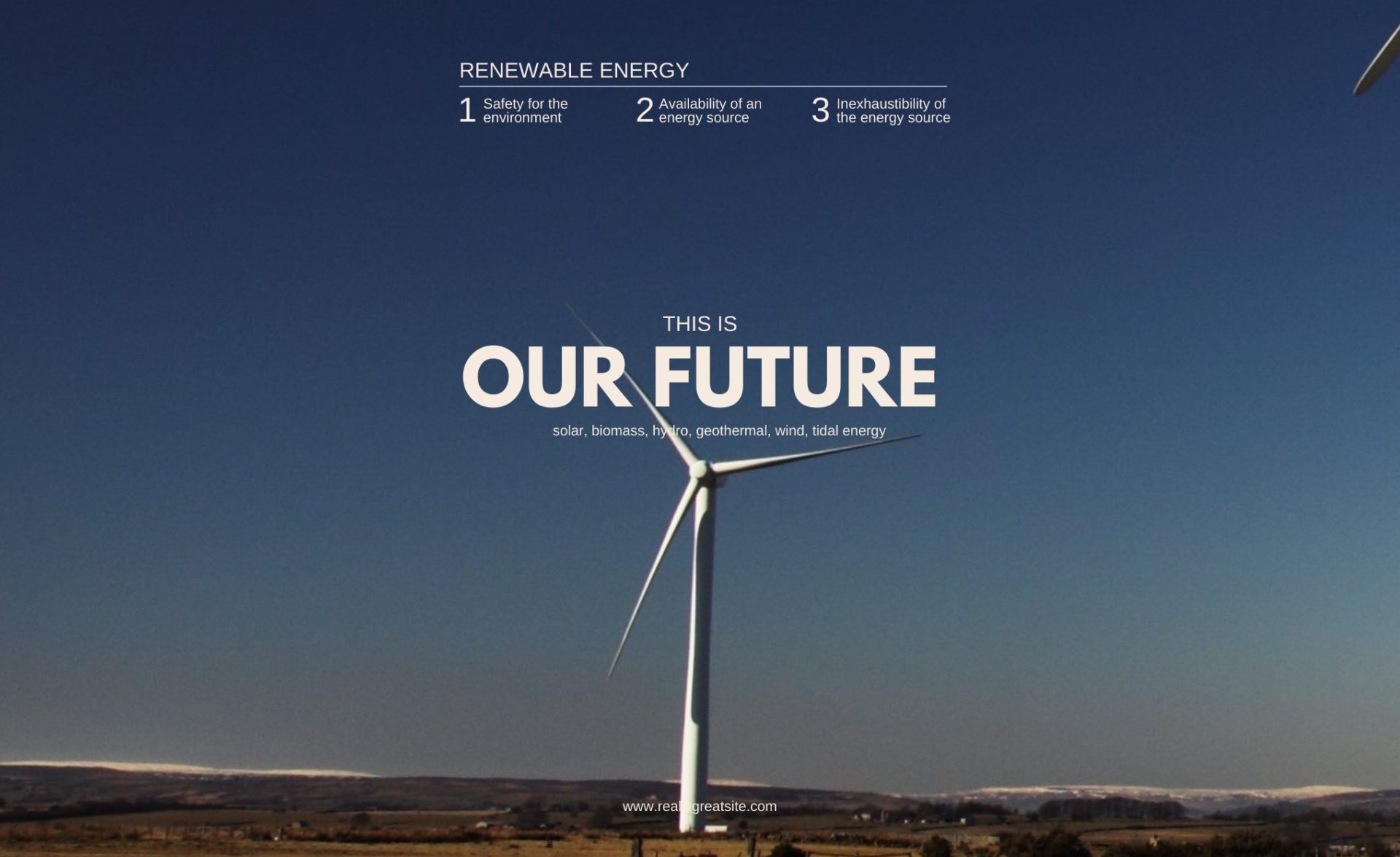
Renewable energy is a critical and rapidly growing form of energy that harnesses natural resources such as sunlight, wind, water, geothermal heat, and biomass to generate electricity, heat, and power for various applications. Clean energy is gaining momentum globally as an important solution to address climate change, reduce greenhouse gas emissions, promote energy security, and foster sustainable economic development.
Throughout this guide, we have explored the different types of renewable energy, including solar, wind, hydro, geothermal, and biomass, and discussed their advantages and disadvantages. We’ve also highlighted the importance of addressing intermittency, recycling, and environmental considerations associated with renewable energy technologies.
Renewable energy has many benefits, including reducing carbon emissions, improving air quality, creating jobs, diversifying energy sources, and mitigating the impacts of climate change. However, there are also challenges that need to be addressed, such as intermittency, cost, infrastructure, and policy support.
As individuals, businesses, and governments, we should care about renewable energy because it offers a sustainable and cleaner alternative to fossil fuels, which are finite, polluting, and contribute to climate change. Investing in renewable energy can help to mitigate climate change, improve public health, foster economic growth, create jobs, and promote energy security.
Finally, renewable energy holds great promise for a more sustainable and cleaner energy future. By harnessing the power of natural resources in a responsible and sustainable manner, we can reduce our reliance on fossil fuels, mitigate the impacts of climate change, and create a better future for ourselves and future generations.
Subscribe to Our Weekly Newsletter
Enter your email to get the best of Clean Earth Energy straight to your inbox.

